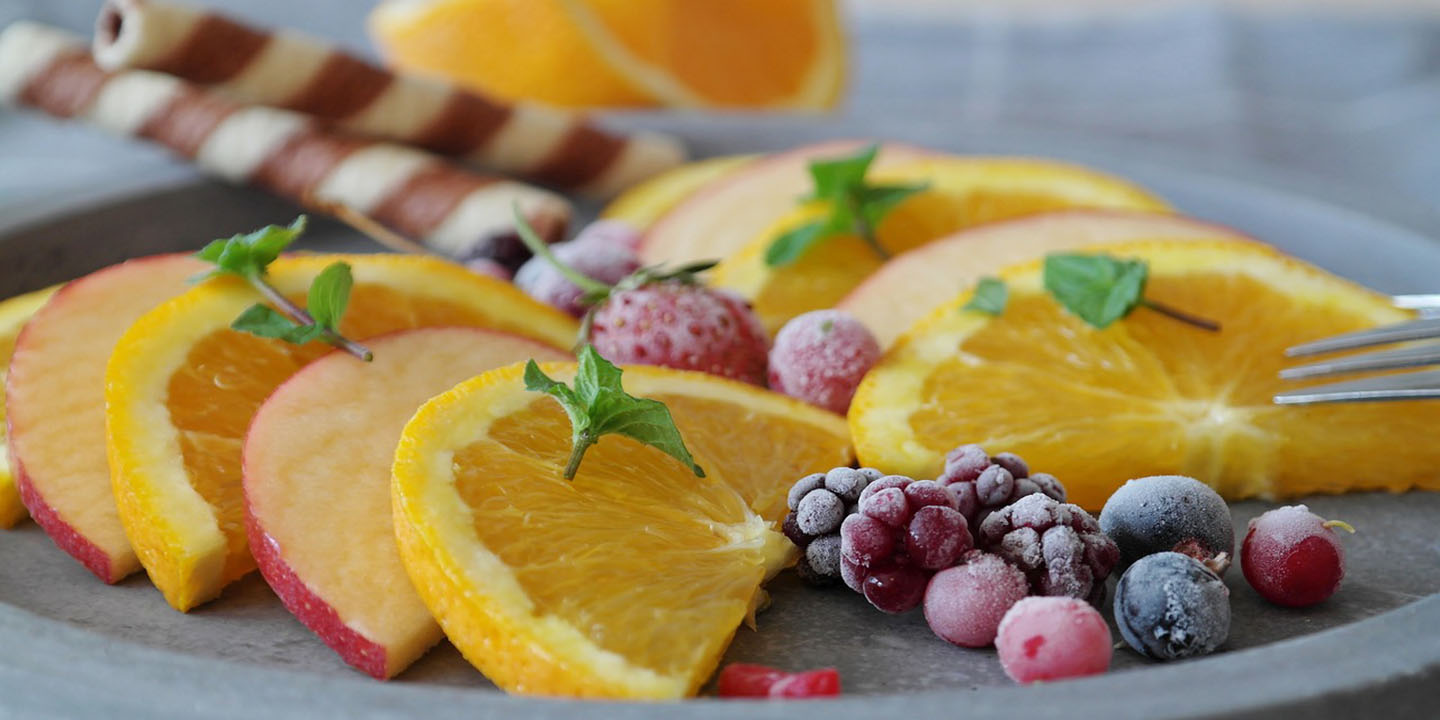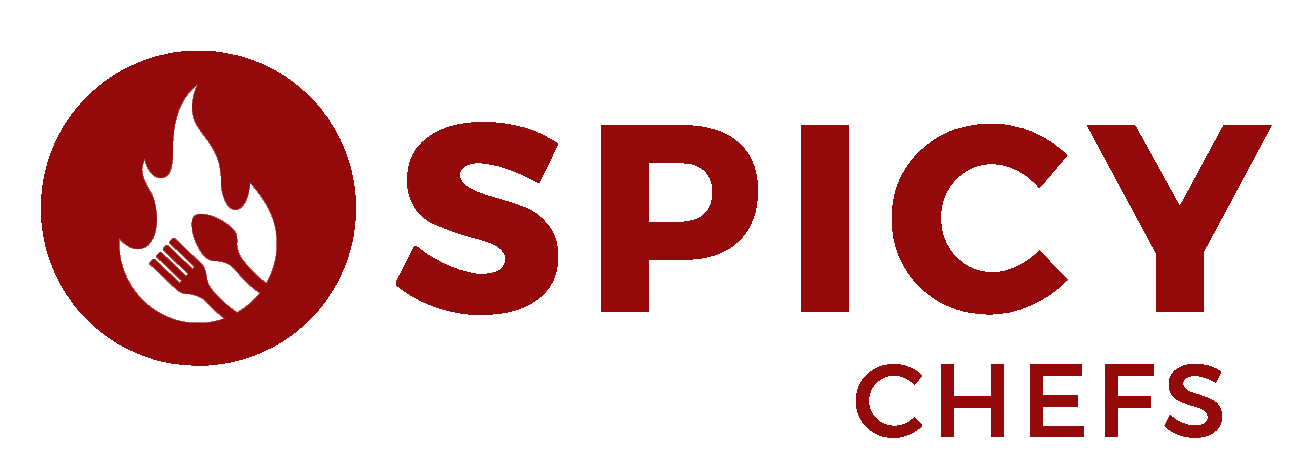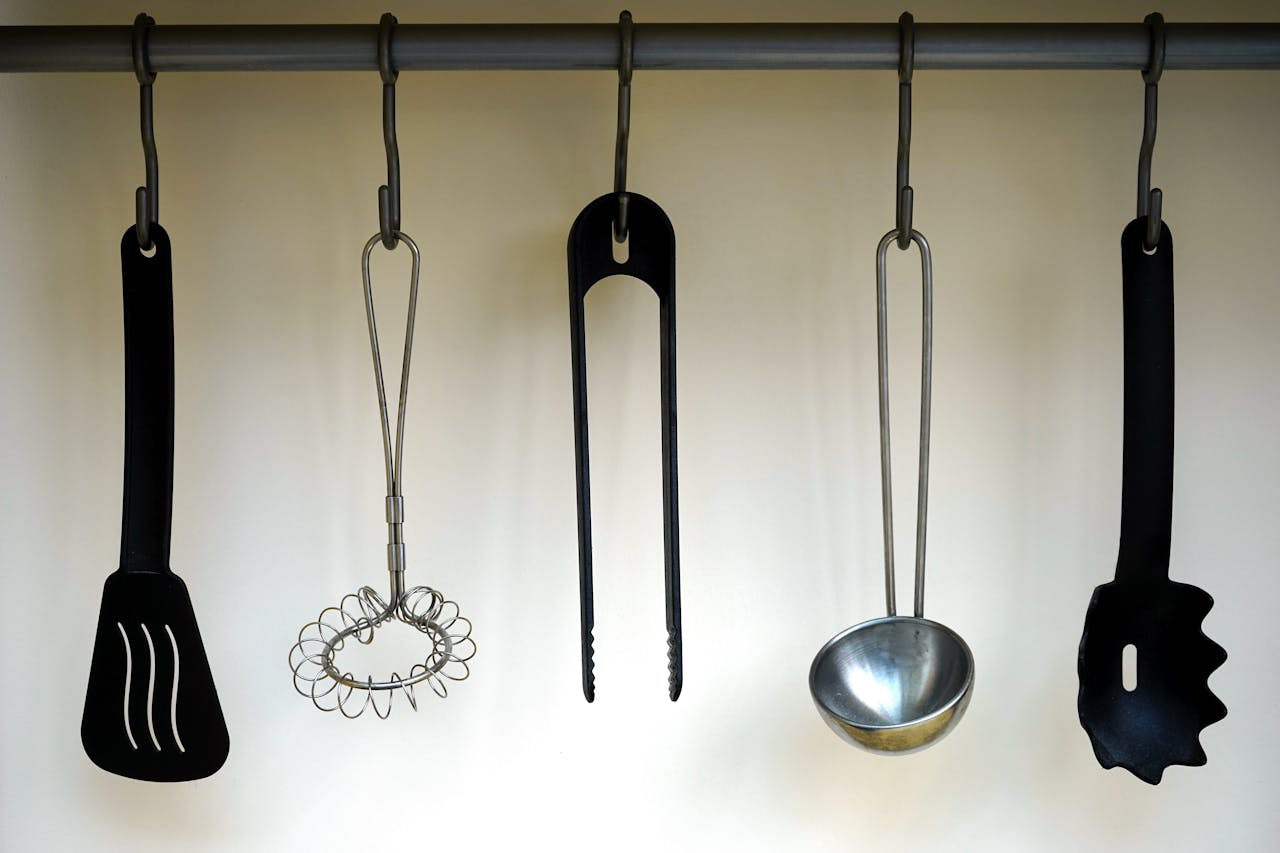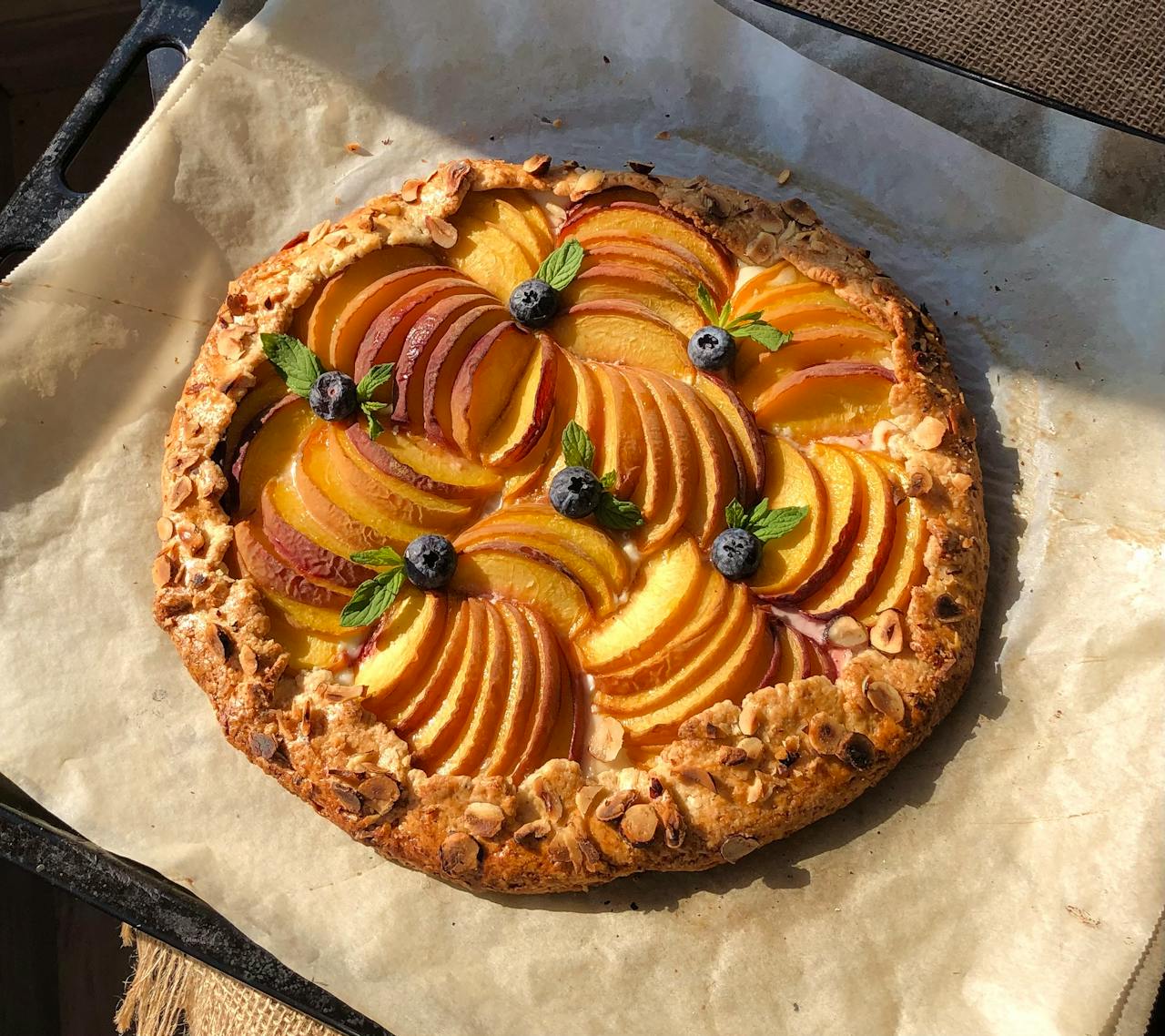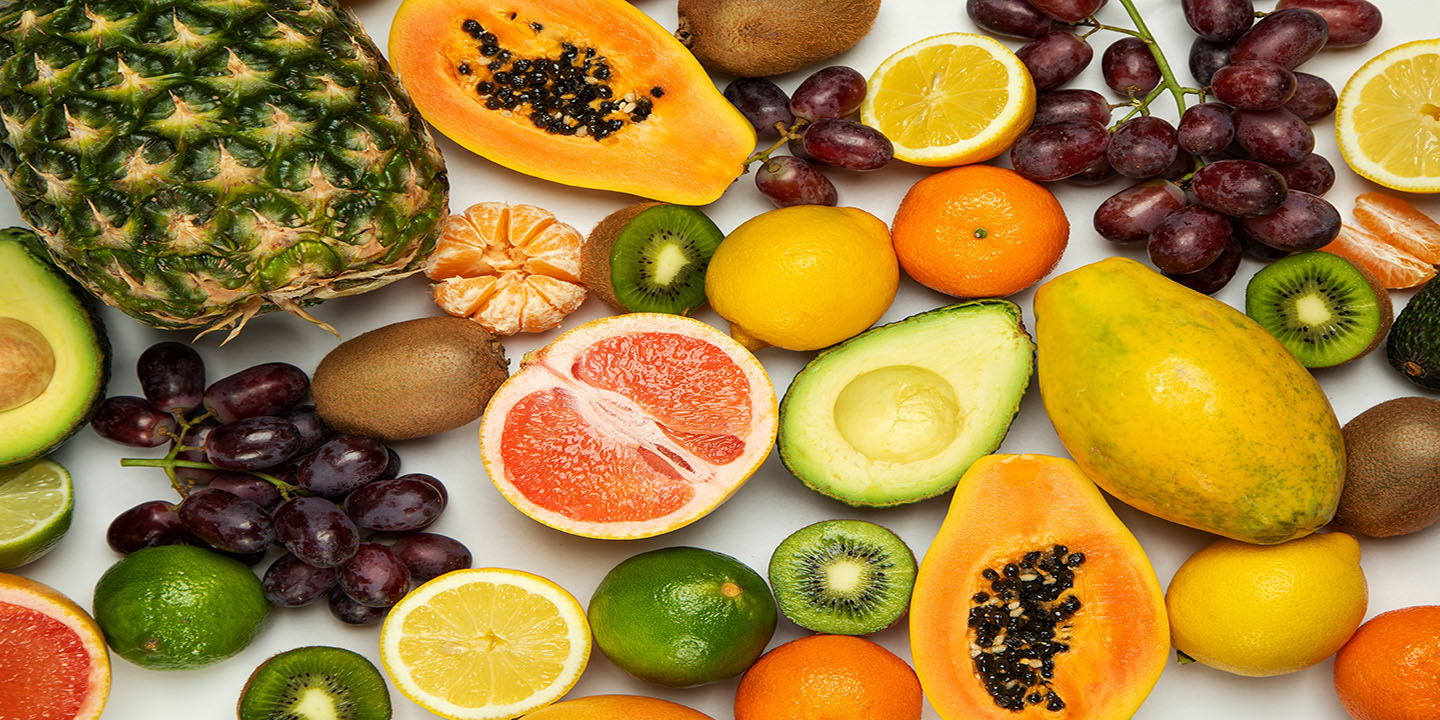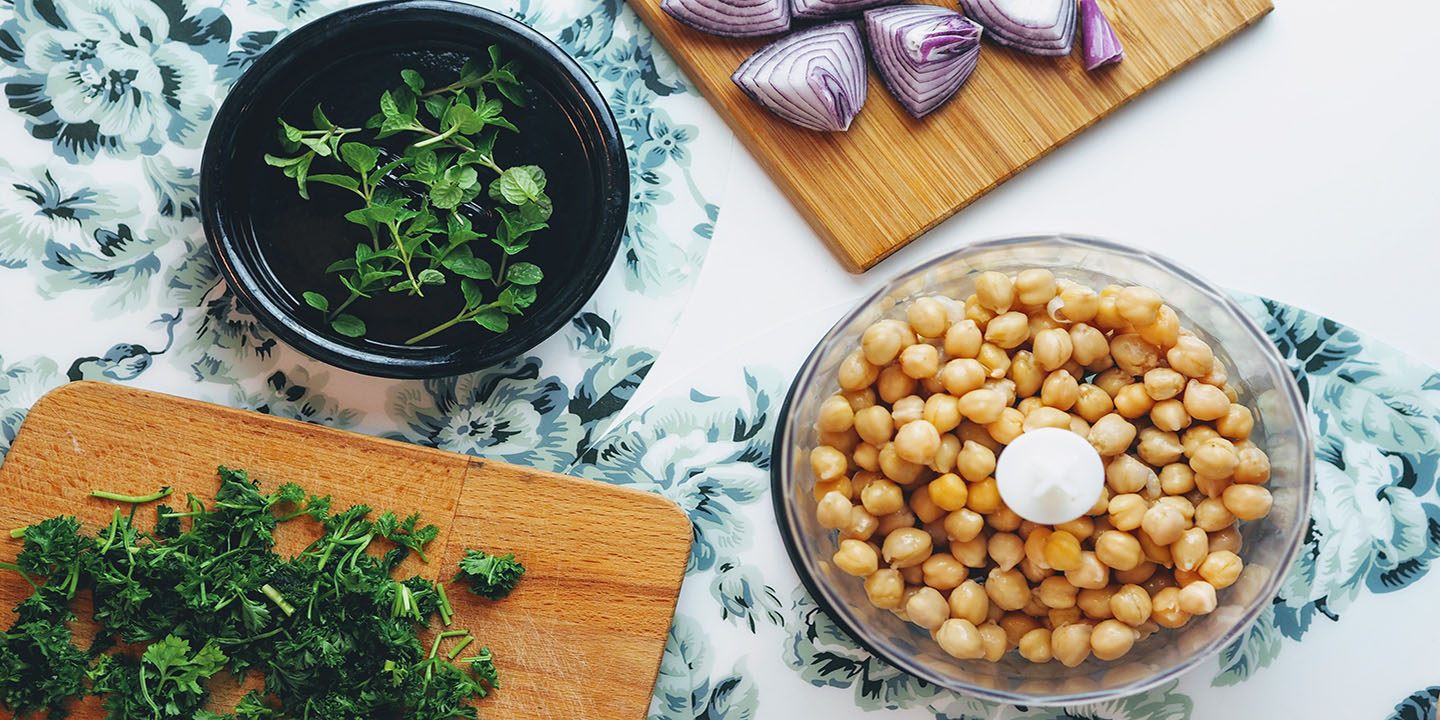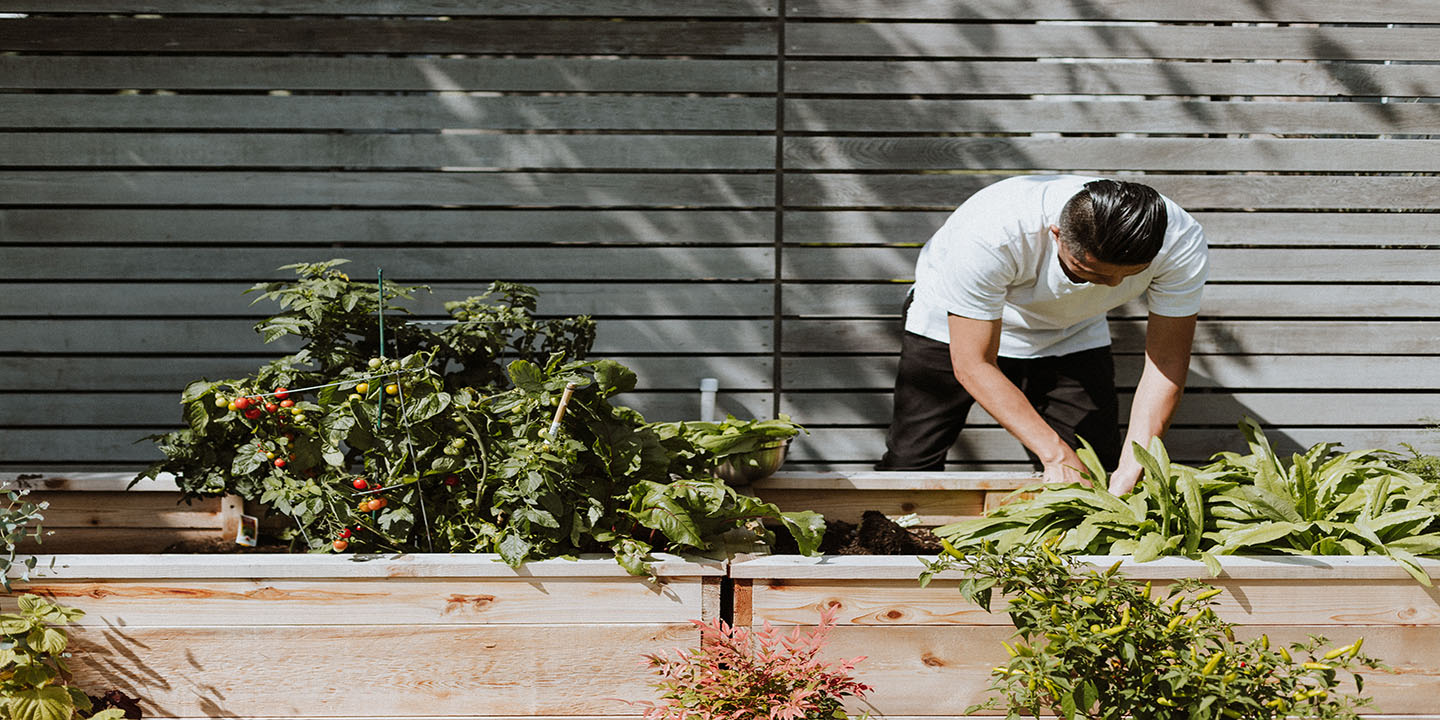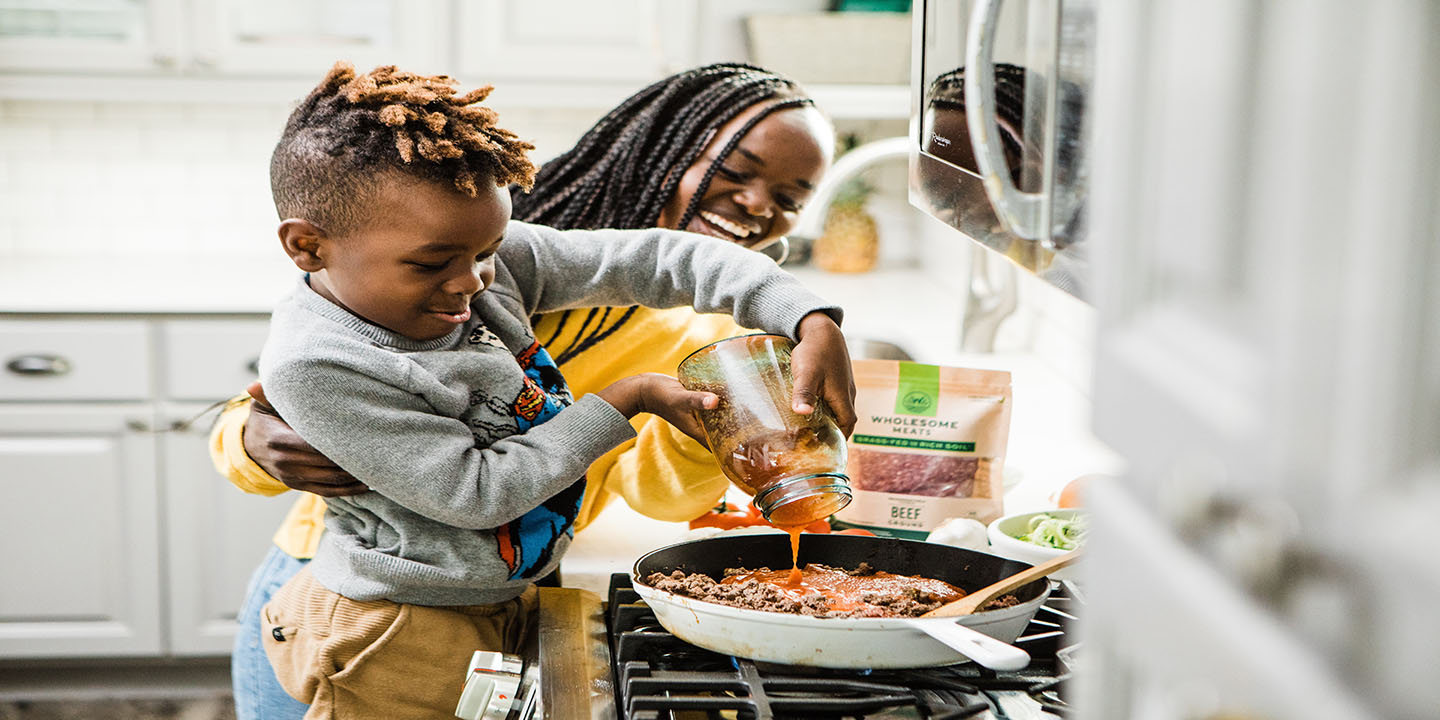10 Tips For A Gluten-Free Diet & 10 Foods That Are Safe To Eat
No Gluten, No Problem
Eating gluten-free may seem daunting! With so many foods to keep track of and a bunch of labels to read—it’s easy to get lost in the sauce. But with these tips and tricks, your health journey will be a piece of gluten-free cake.
 Photo by Andrea Piacquadio on Pexels
Photo by Andrea Piacquadio on Pexels
1. Keep it Short
Learning food labels may be difficult for beginners, but when sifting through products—the ingredient list is your best friend. The fewer ingredients listed, the higher quality they’ll be. This is a helpful way to pick between gluten-free products.
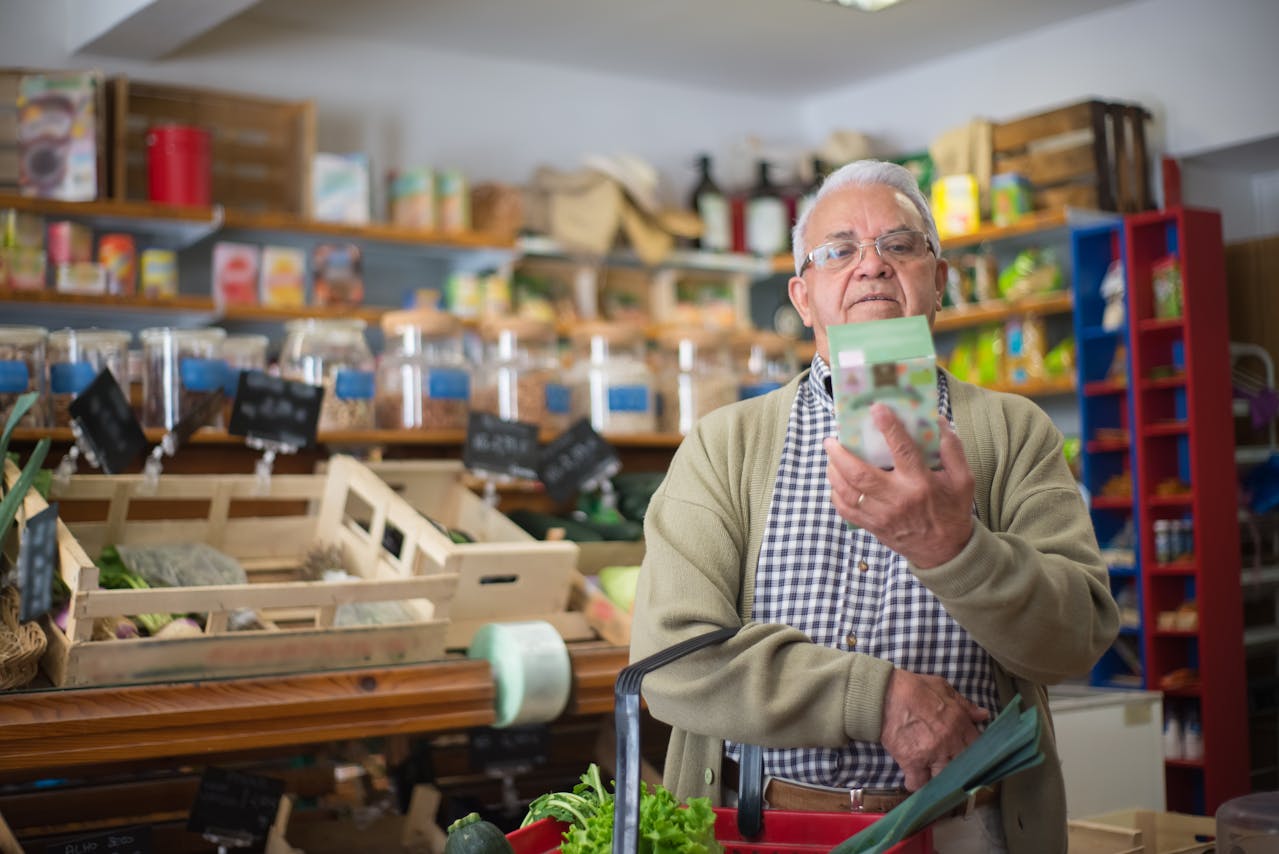 Photo by Kampus Production on Pexels
Photo by Kampus Production on Pexels
2. It Comes Naturally
While finding substitute or gluten-free versions of your favorite sauces and packets is essential—keep in mind that there are many simple foods that are already gluten-free. Instead of worrying over a box of ultra-processed mac and cheese—switch over to some fresh fish fillets.
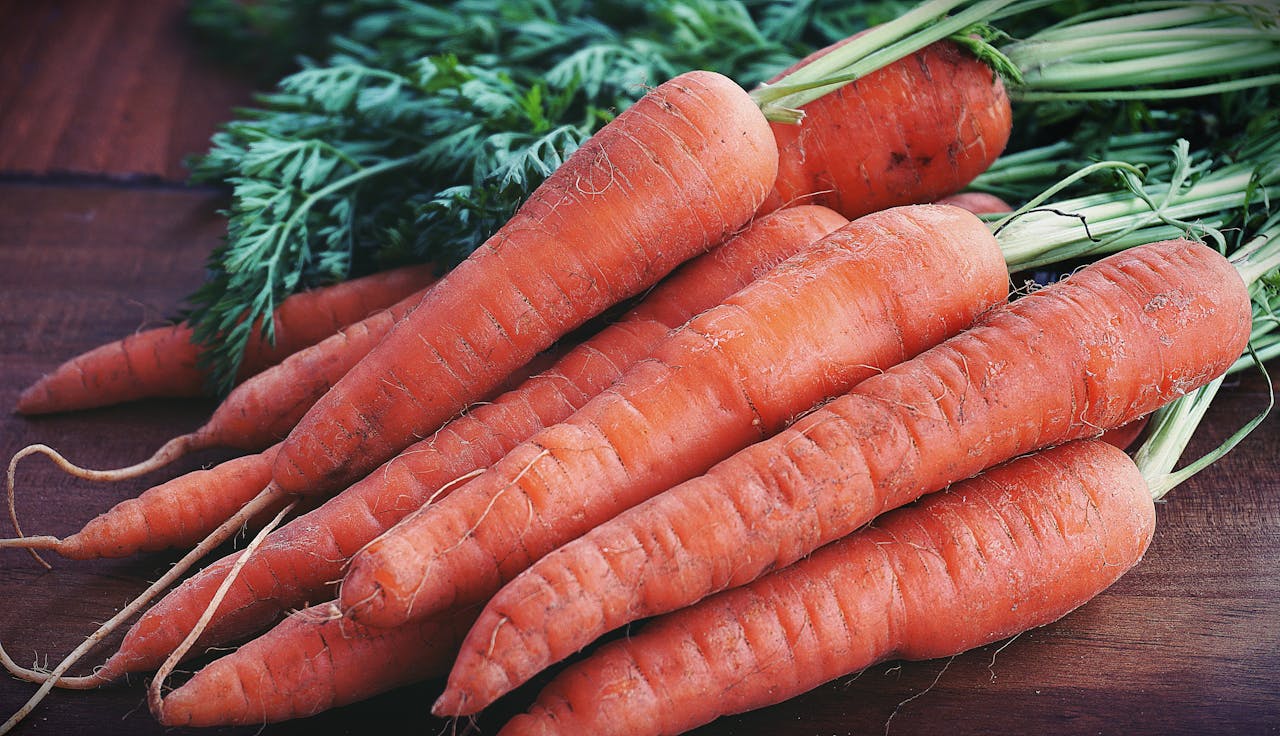 Photo by Suzy Hazelwood on Pexels
Photo by Suzy Hazelwood on Pexels
3. Avoid Alcohol
While there are plenty of alcohols and alternatives you can enjoy—the majority come packed with gluten. Knowing which ones to avoid is key to keeping yourself healthy. If you don’t see a clear gluten-free sign, you’re better off avoiding most stouts, ales, and beers.
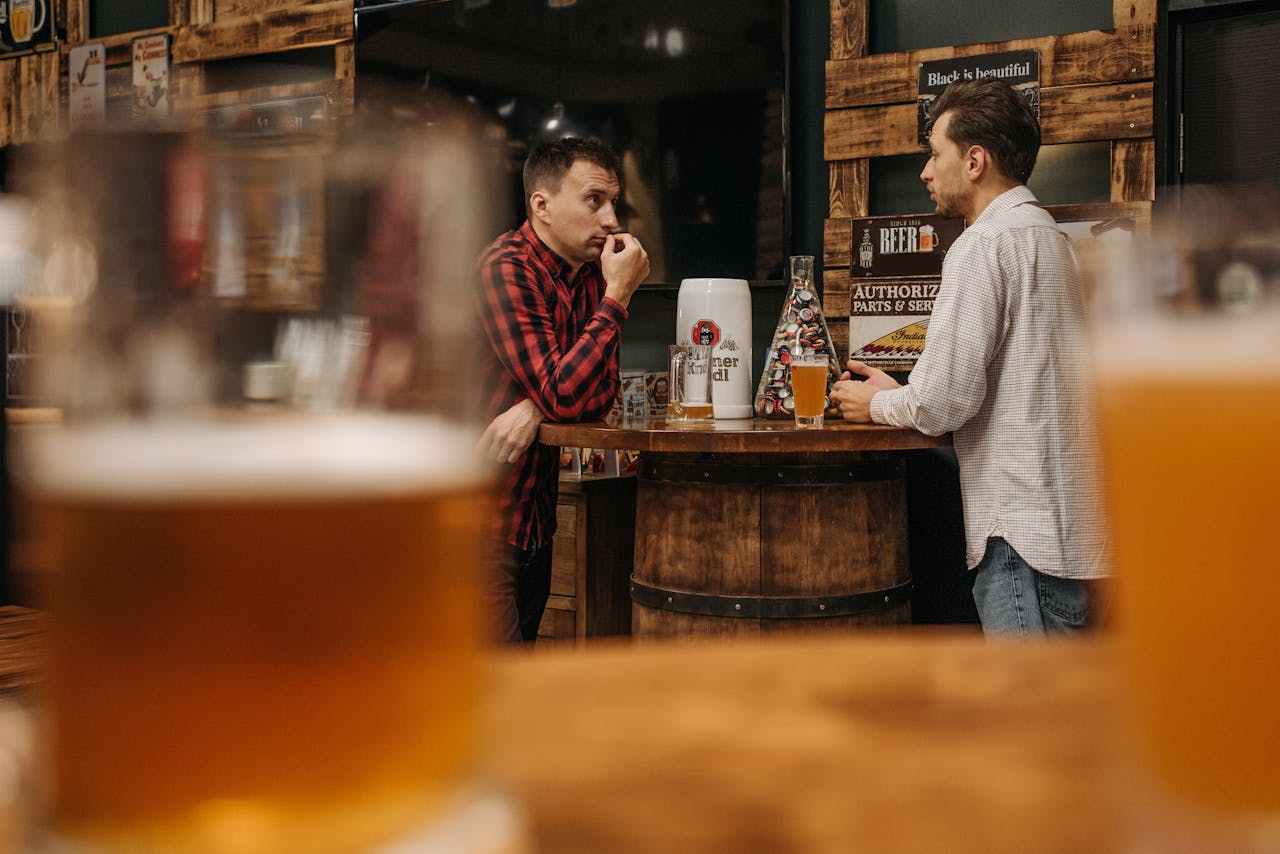 Photo by Pavel Danilyuk on Pexels
Photo by Pavel Danilyuk on Pexels
4. Buy a Cookbook
Planning your meals and getting excited about cooking can be difficult with a limited pantry. That’s why you should leave the cooking to the experts and treat yourself to a gluten-free cookbook. With so many options at your fingertips—you’ll be spoiled for choice.
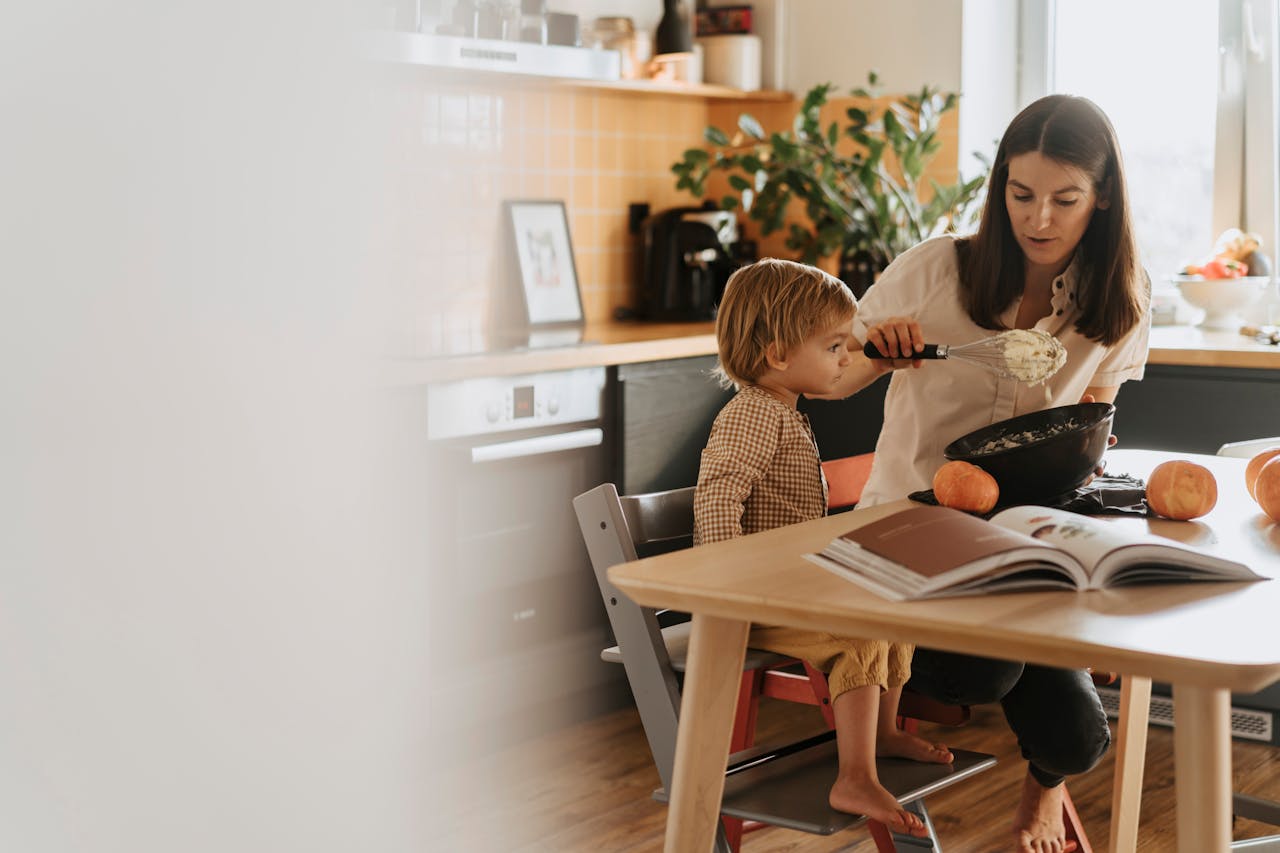 Photo by olia danilevich on Pexels
Photo by olia danilevich on Pexels
5. Avoid Cross Contaminants
Cross-contamination is a big deal in gluten-free diets. To prevent it from happening, keep exclusive cooking and eating utensils specifically for gluten-free foods. Also, be sure to wipe down surfaces before you start cooking.
6. Large Pots Are Your Friend
Most gluten-free carbs are loaded with starch, which can make them quite annoying to boil. Whether it be pasta or rice—boil your ingredients in large pots—giving the starch all the room it needs to fizz.
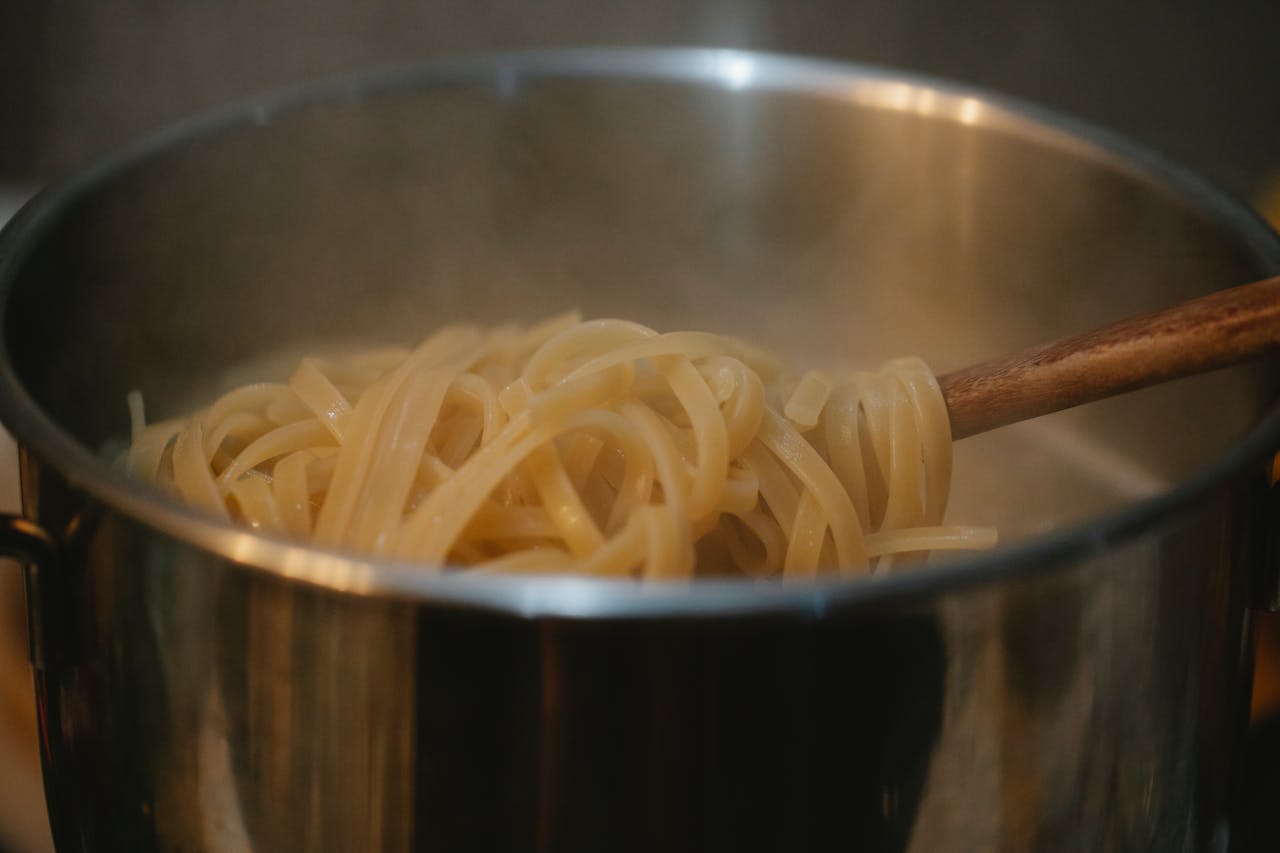 Photo by Klaus Nielsen on Pexels
Photo by Klaus Nielsen on Pexels
7. Plan Ahead
A solid bit of planning makes any diet easier to follow. This means preparing a list of possible meals, identifying the best restaurants with gluten-free alternatives, and doing your due diligence. Reading this list is also a good start!
 Photo by Judit Peter on Pexels
Photo by Judit Peter on Pexels
8. Include Your Friends
Being gluten-free doesn’t mean you can’t go out to restaurants with your friends. Instead, involve them in your diet and encourage them to try gluten-free places. Alternatively, you can bring your own food or snacks. If your friends truly care about you, they’ll be happy to accommodate you.
9. Use Technology
Technology makes everything easier—and a gluten-free diet is no exception. There are tons of apps dedicated to finding gluten-free restaurants and products in the area. A quick Google search and list of recommendations can also demystify dinner.
 Photo by Porapak Apichodilok on Pexels
Photo by Porapak Apichodilok on Pexels
10. Focus on the Positives
Instead of thinking about all the food you can’t eat—focus on all the delicious foods you can eat! Having a positive attitude and getting excited about your next gluten-free meal is key to keeping it up.
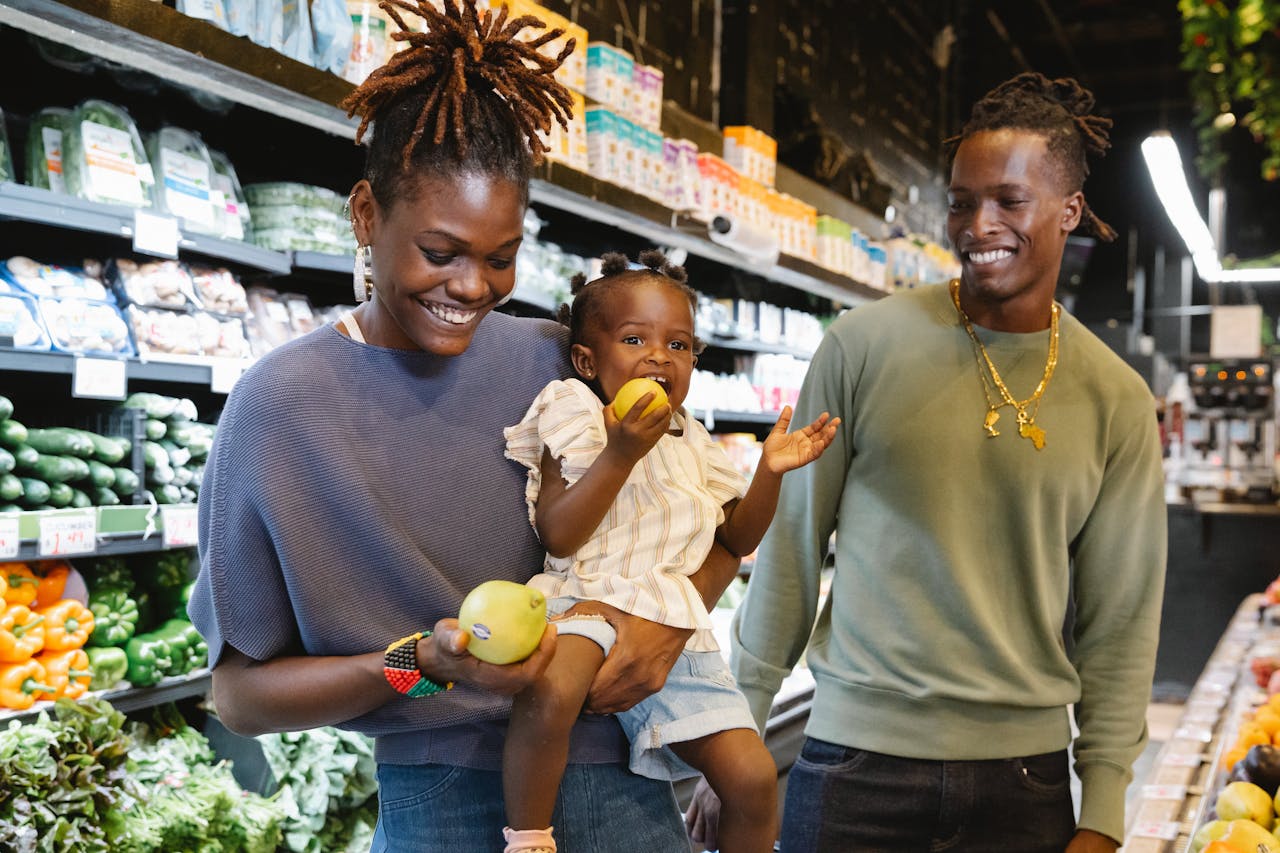 Photo by Greta Hoffman on Pexels
Photo by Greta Hoffman on Pexels
Getting excited about gluten-free foods doesn’t have to be hard either. There are tons of safe, healthy, and delicious options to choose from—and to get you started—here are 10 staples to elevate your kitchen!
1. Brown Rice
Everyone loves rice—the perfect companion to curries and stir-fries—this versatile food makes cooking a breeze. Luckily, brown rice is a perfect alternative to the white variant—offering all the texture and fulfillment without the gluten.
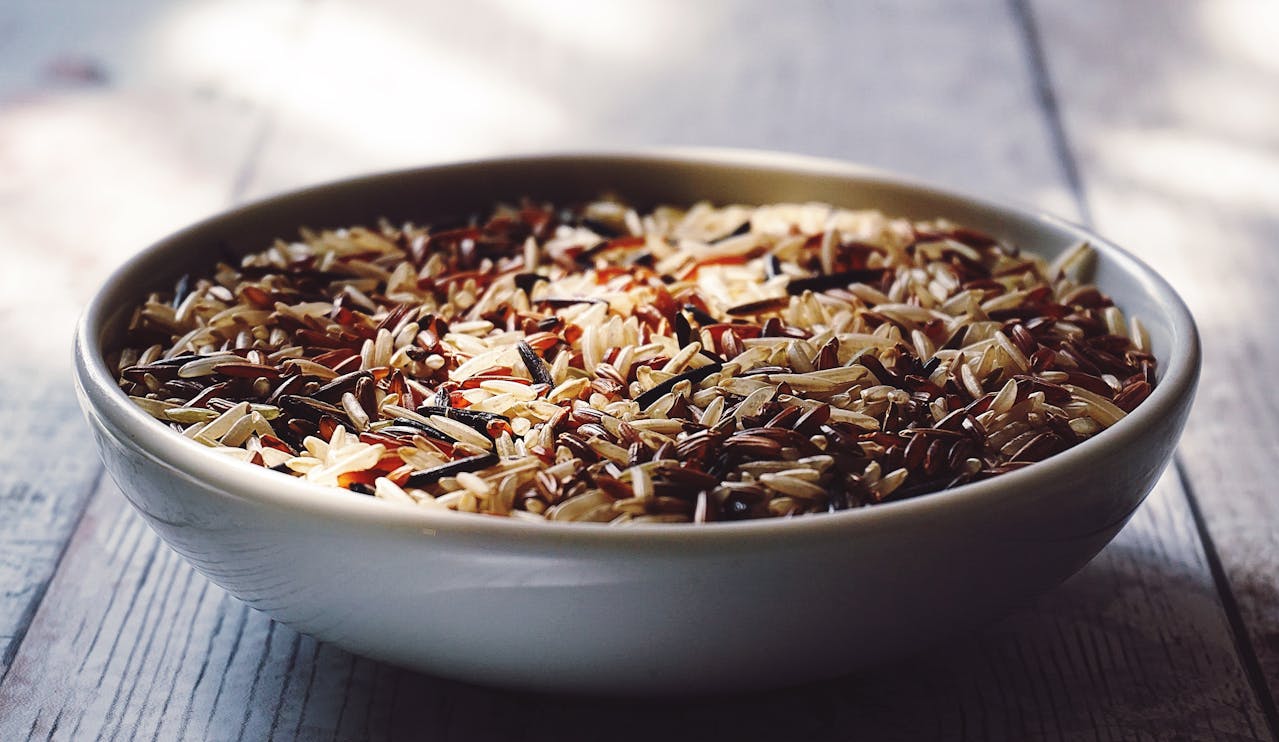 Photo by Suzy Hazelwood on Pexels
Photo by Suzy Hazelwood on Pexels
2. Tapioca
When it comes to baking, tapioca is a lifesaver! Instead of giving up on cookies and cakes, simply switch to tapioca flour for all your bready needs. You can also use it to make super healthy wraps and taco shells for Mexican night!
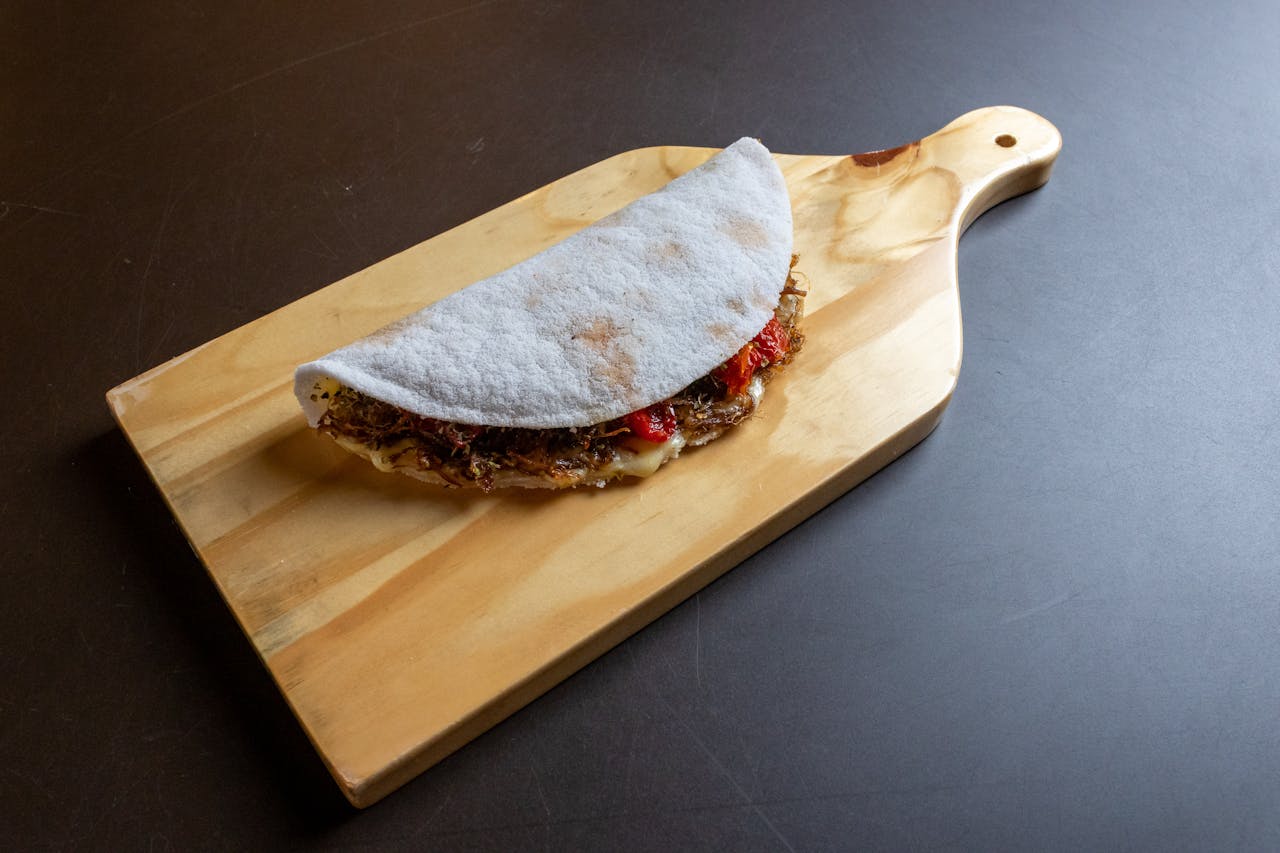 Photo by Hiure Gomes Fernandes on Pexels
Photo by Hiure Gomes Fernandes on Pexels
3. Wine
A gluten-free diet can complicate alcohol but rest assured that you’ll always have an outlet in wine. In its natural and unflavored form—wine is completely safe—however, be wary of additives.
 Photo by Timur Saglambilek on Pexels
Photo by Timur Saglambilek on Pexels
4. Bell Peppers
Did someone say stuffed peppers? Either way, bell peppers, and vegetables in general, are gluten-free. However, be sure to double-check canned, dried, frozen, and pre-chopped products—as they’re susceptible to cross-contamination!
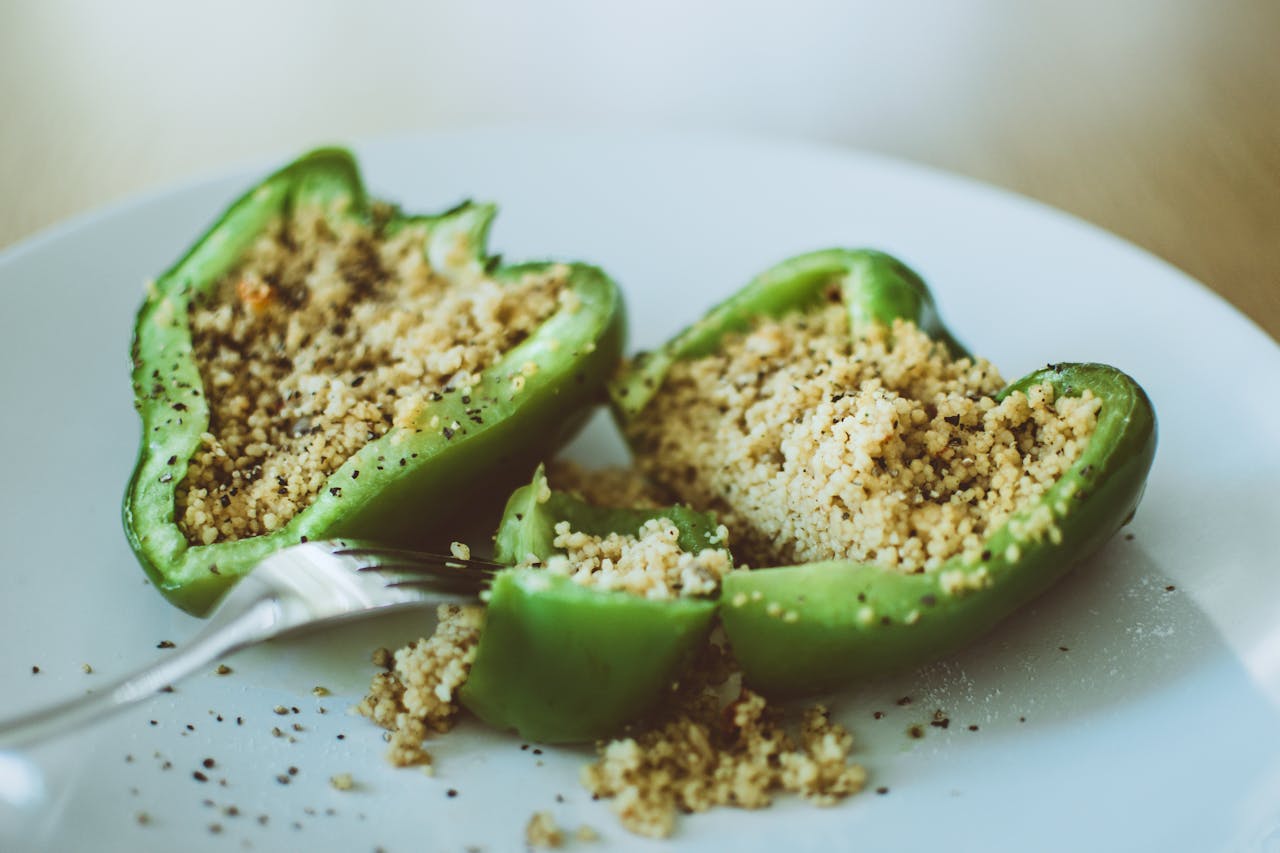 Photo by Lisa Fotios on Pexels
Photo by Lisa Fotios on Pexels
5. Lentils
Lentils are another versatile gluten-free food that can be used in numerous dishes. Whether you want to make a creamy chickpea soup or a red bean chili—lentils are a staple for any gluten-free pantry.
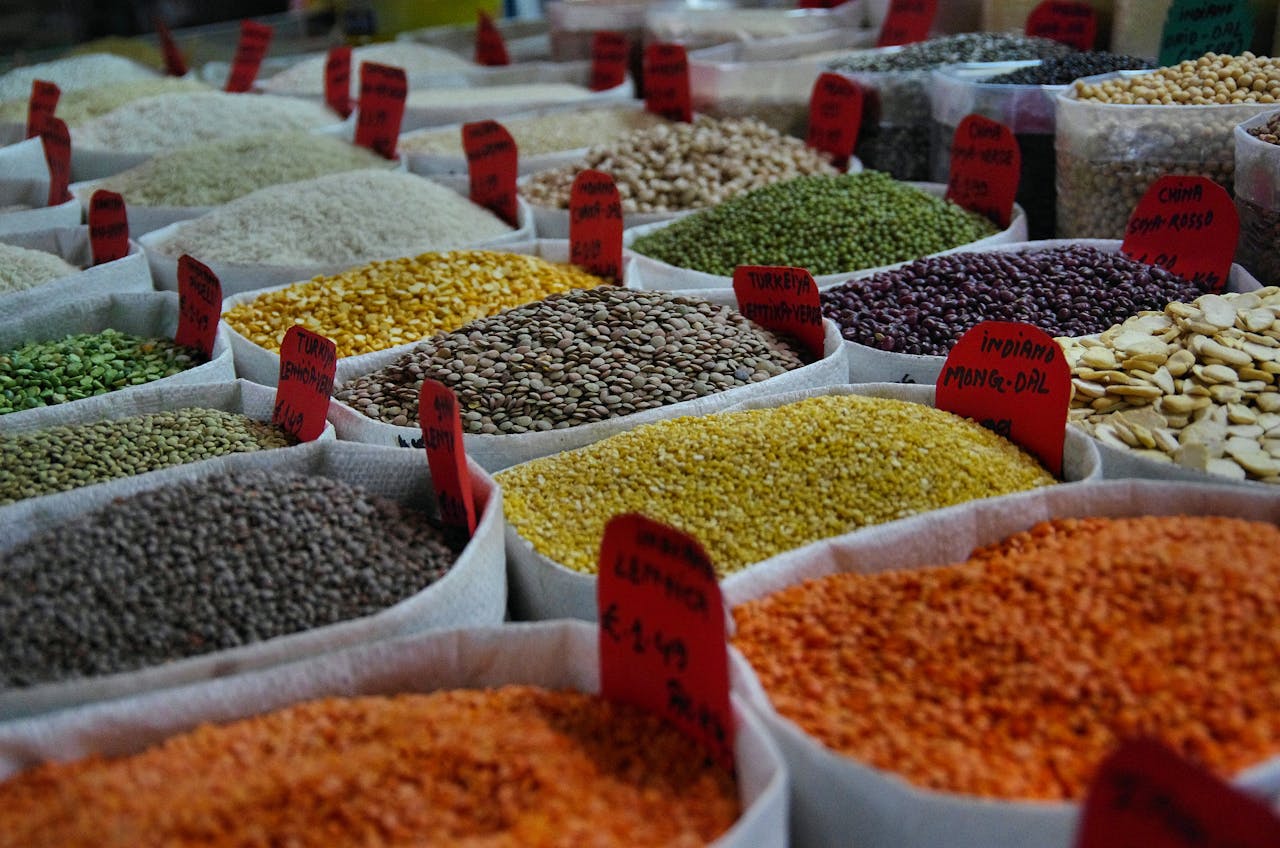 Photo by Viktor Smith on Pexels
Photo by Viktor Smith on Pexels
6. Fresh Poultry
In its freshest form, proteins are a reliable gluten-free option. This includes poultry, seafood, and red meats. Just keep an eye out for processed or ground meats—and avoid breaded proteins at all costs!
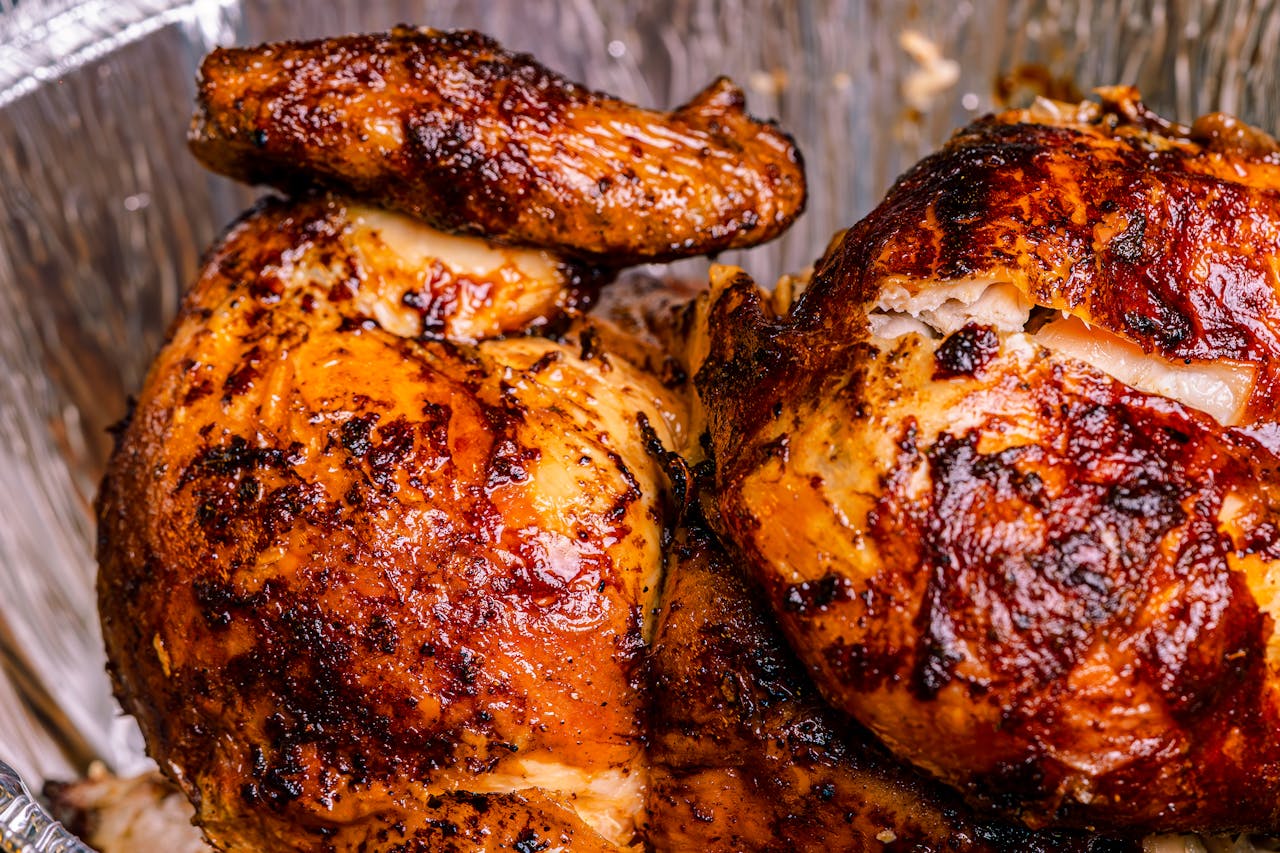 Photo by Nano Erdozain on Pexels
Photo by Nano Erdozain on Pexels
7. Ghee
When it comes to cooking, rest assured that you can use as much butter as you want. You can even spice it up and opt for ghee instead, which is a clarified butter that lends a rich depth to most foods.
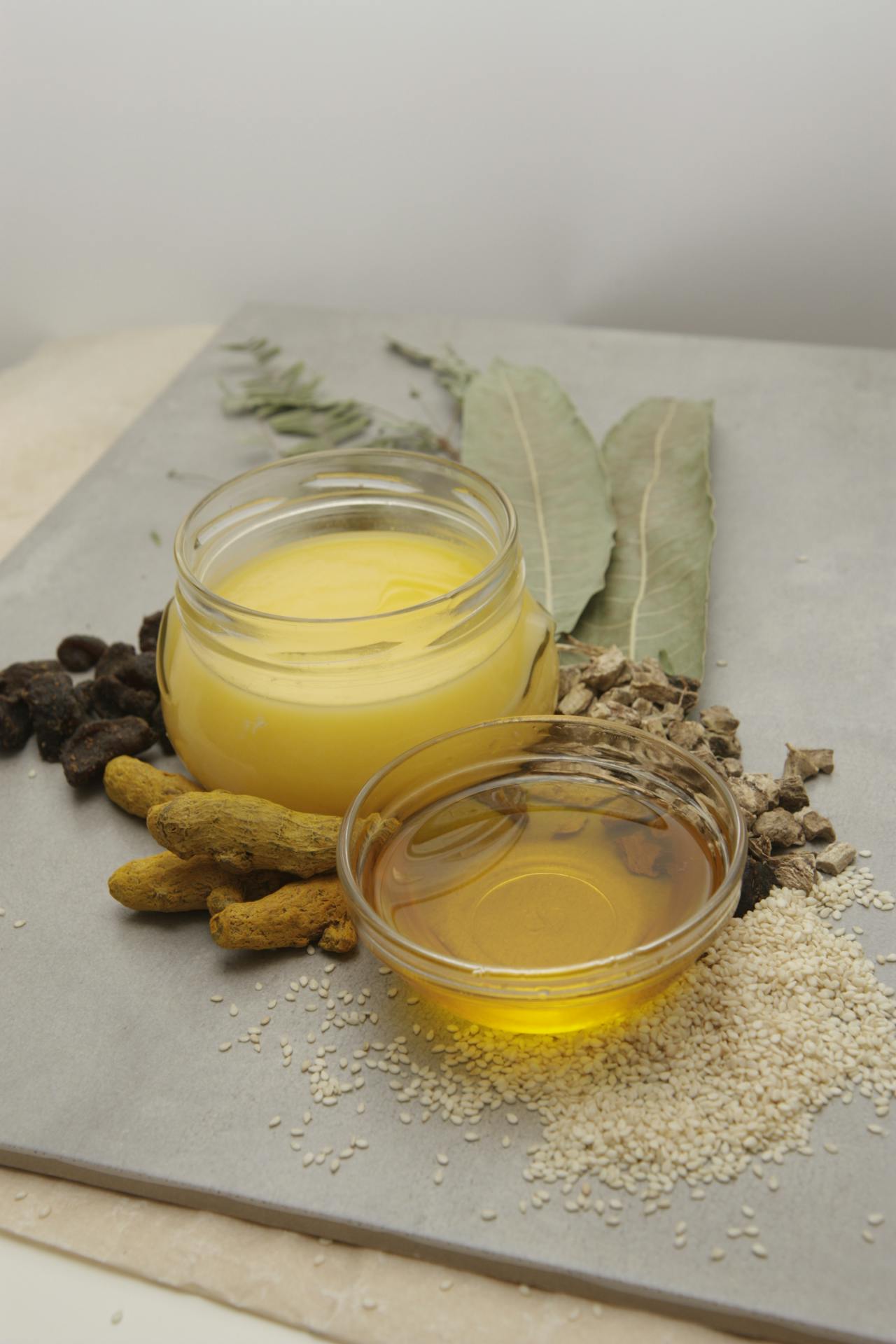 Photo by Galiya Tenisheva on Pexels
Photo by Galiya Tenisheva on Pexels
8. Yogurt
Yogurt is another fridge staple that can be eaten around the clock. Whether you want to make a fruit parfait in the morning or indulge in a thick smoothie—yogurt is a must-have. Just be sure to choose the gluten-free flavors when shopping for frozen yogurt.
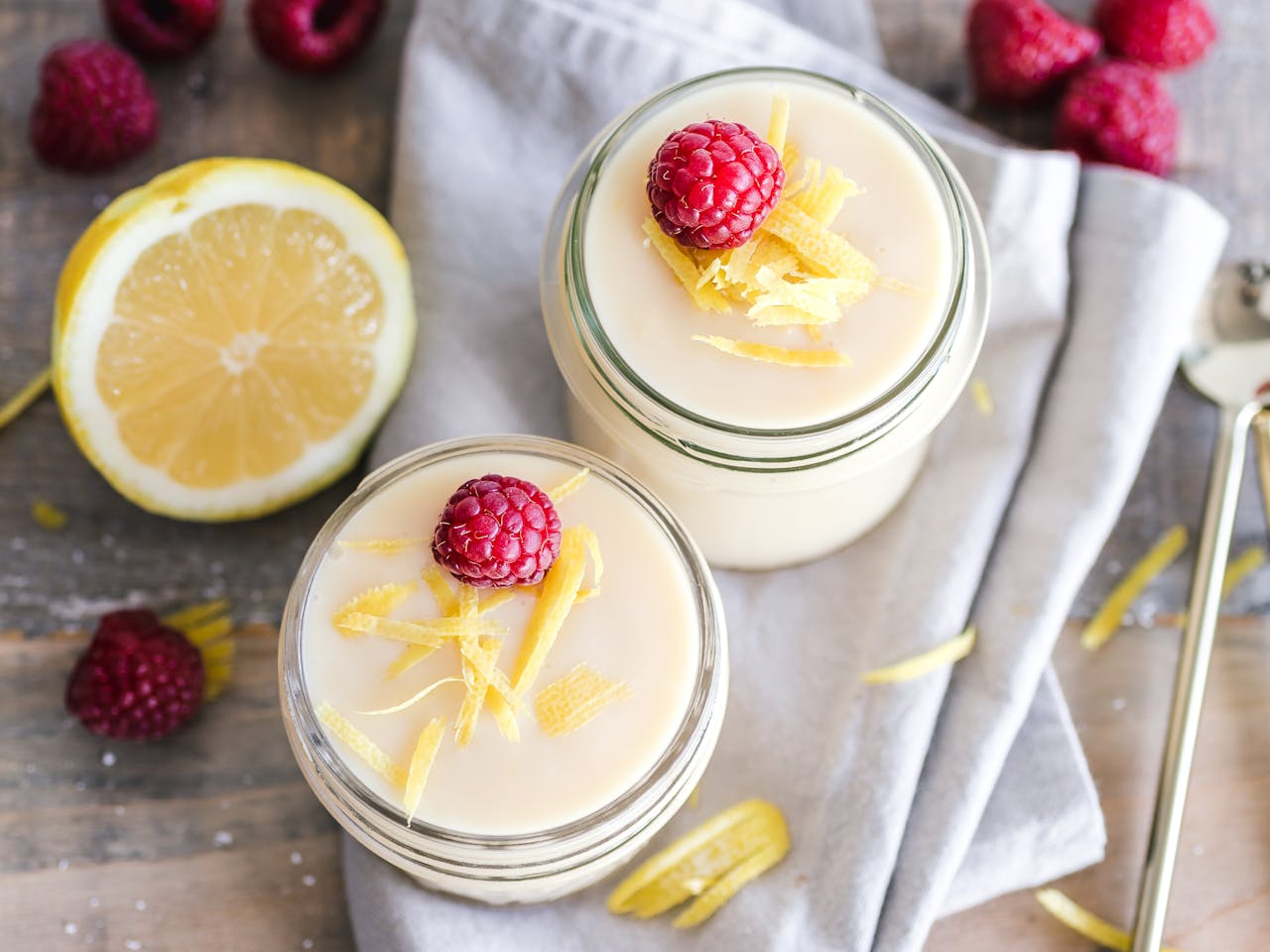 Photo by Ella Olsson on Pexels
Photo by Ella Olsson on Pexels
9. Coffee
For most people, coffee is an essential part of the morning routine. Since pre-made and store-crafted coffees are susceptible to contamination—opt for a homemade version instead. Not only does this save money in the long run—but you can impress your friends with your honed barista skills.
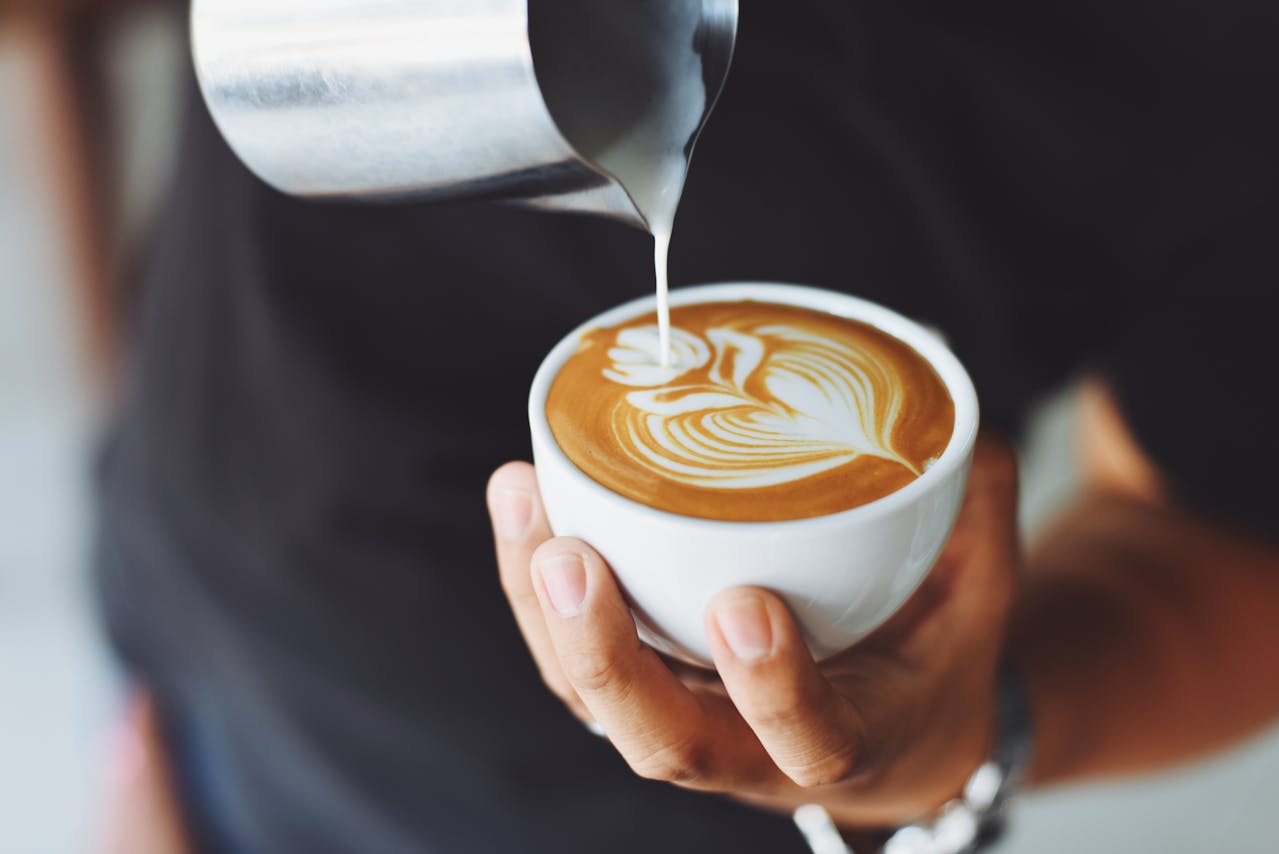 Photo by Chevanon Photography on Pexels
Photo by Chevanon Photography on Pexels
10. Peaches
While peaches are a fan favorite—it’s worth noting that fruits in general are gluten-free. As long as you stay away from frozen, canned, or processed variants—you can fill your cart with as many fruits as you want. You know what that means? Tapioca-flour peach cobblers!
KEEP ON READING
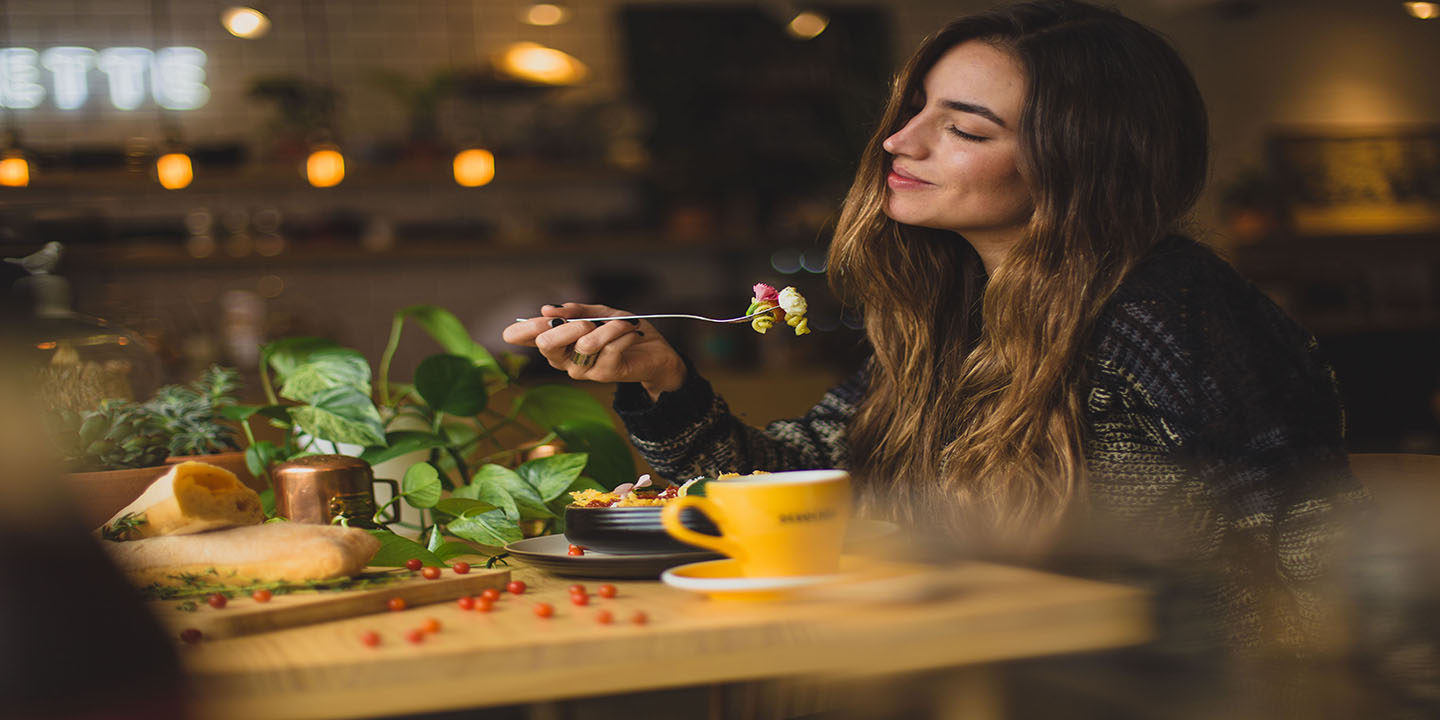
The Most Popular Signature Dishes Around the World
